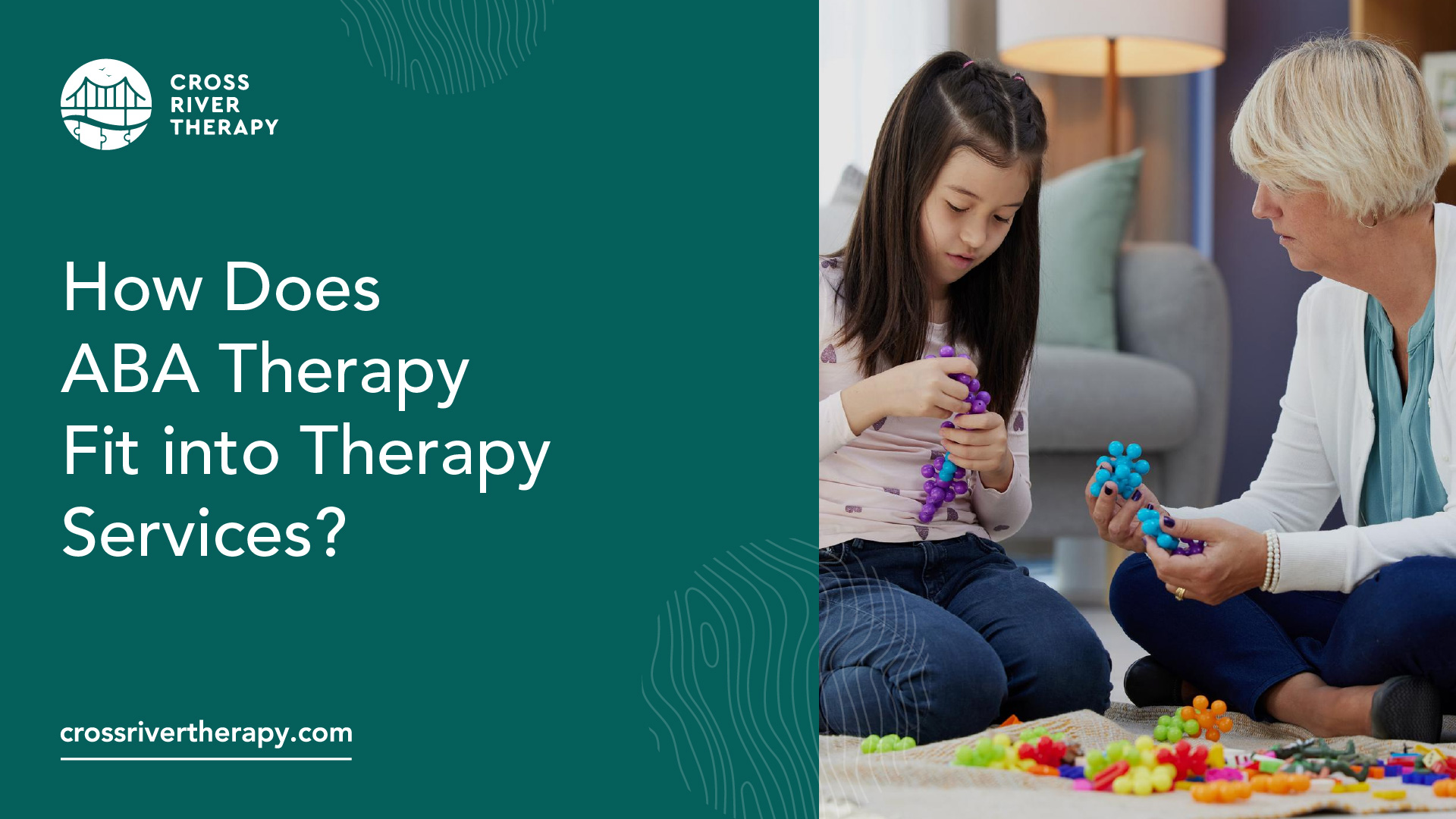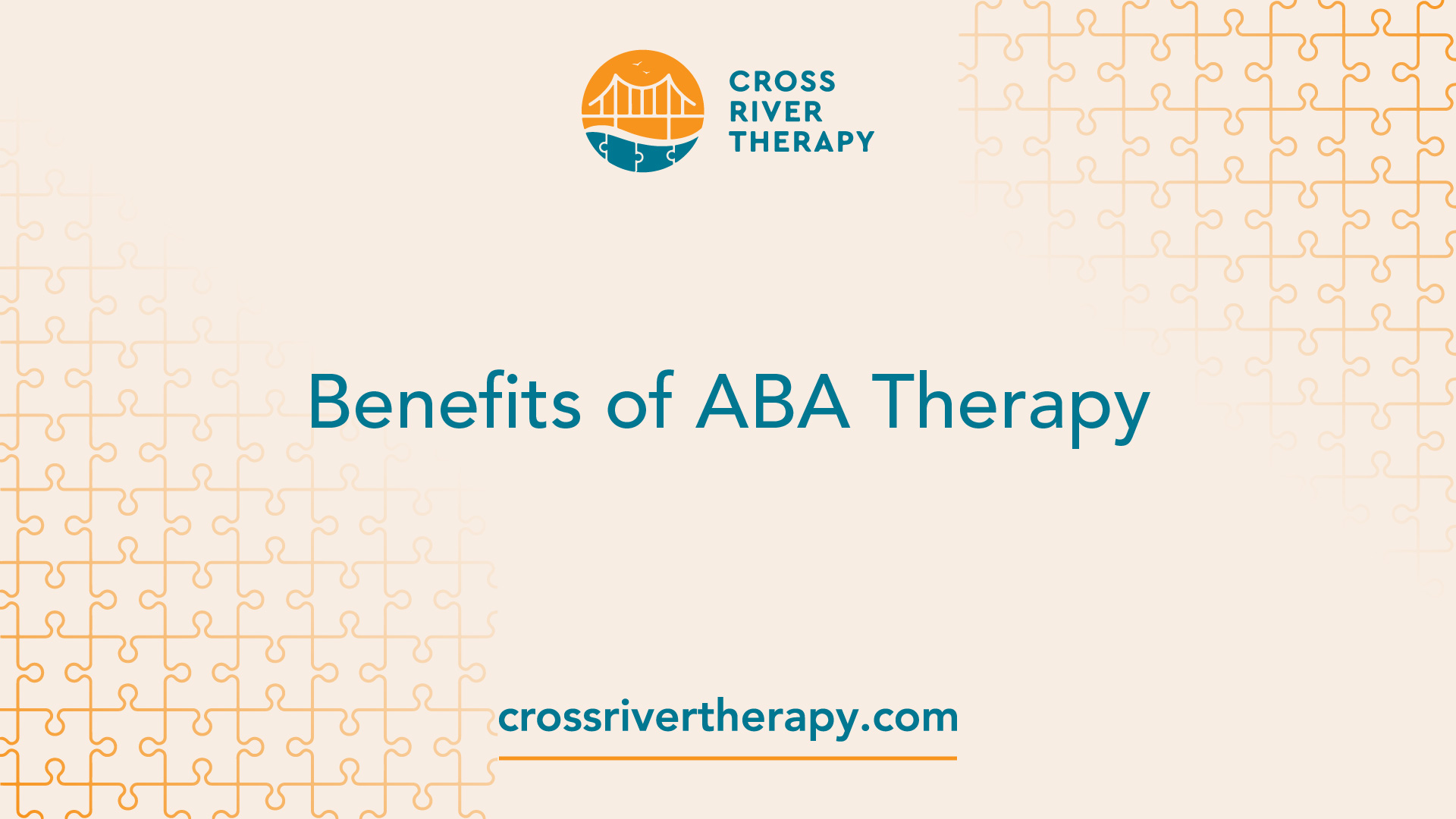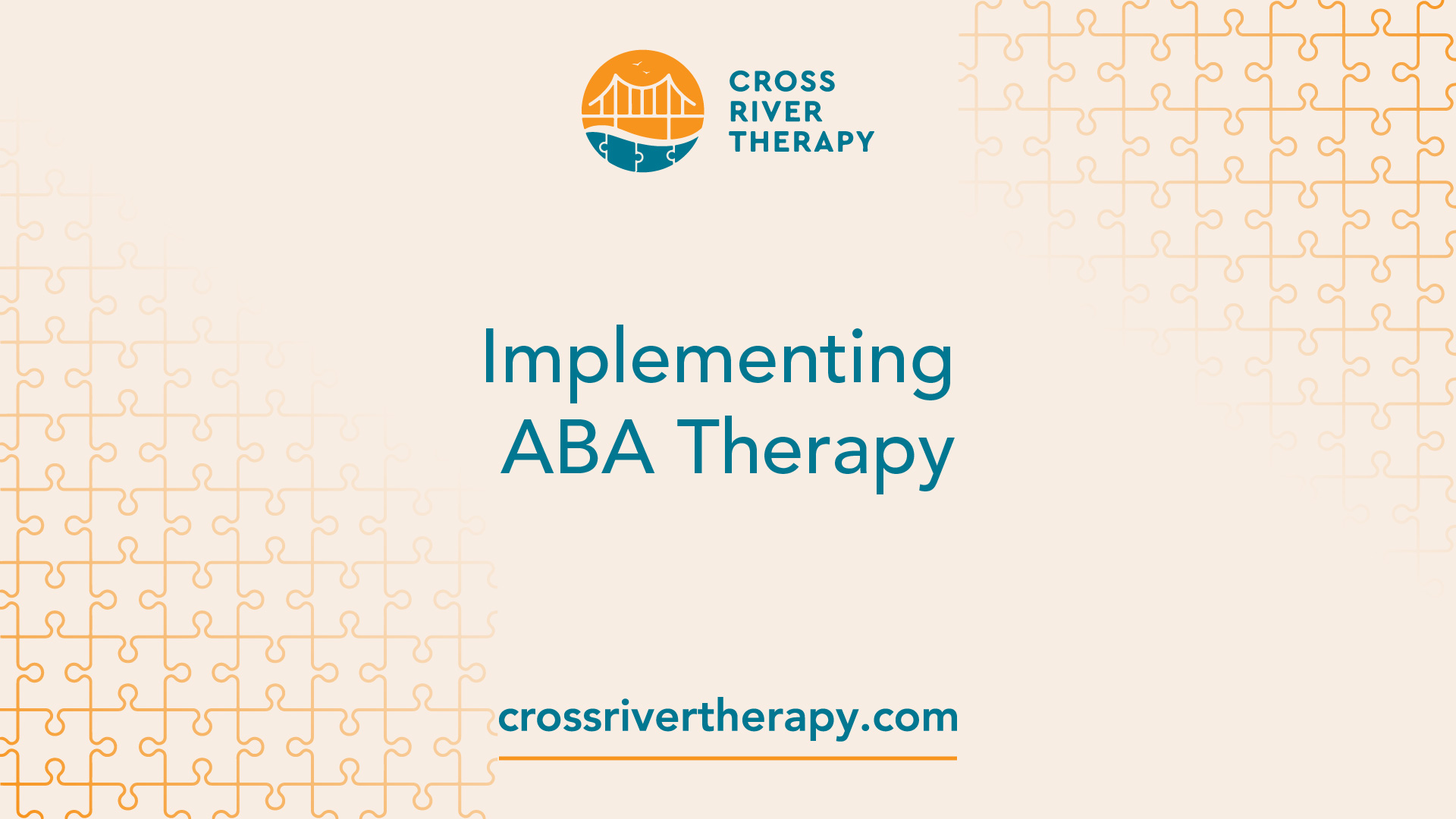How Does ABA Therapy Fit into Therapy Services?
Discover how ABA therapy and therapy services can support children with autism and enhance their skills.
Understanding ABA Therapy
Introduction to ABA Therapy
Applied Behavior Analysis (ABA) therapy is a scientific, evidence-based approach designed to assist individuals with autism in learning and developing essential skills. It serves as an effective early intervention technique for children diagnosed with autism, allowing them to acquire skills that are vital for lifelong independence. Through ABA therapy, children learn to communicate, interact with peers, and acquire skills that enhance their daily living experiences [1]. This approach is not only therapeutic but also empowers parents to participate actively in their child's development.

Core Concepts of ABA
ABA therapy includes seven core concepts known as the seven dimensions of ABA. These principles are fundamental in ensuring that children with autism receive treatment grounded in meaningful research. Here's a breakdown of the seven dimensions:
DimensionDescriptionGeneralitySkills learned should transfer to various situations and environments.EffectivenessThe interventions should yield significant improvements in behavior.TechnologicalThe procedures used must be clearly defined and replicable.AppliedThe focus is on socially significant behaviors that improve the quality of life.Conceptually SystematicTreatment should be rooted in established behavioral principles.AnalyticData must drive decisions about behavior change and treatment effectiveness.BehavioralEmphasis is placed on observable and measurable behaviors.
These dimensions provide a framework for effective interventions, ensuring that treatment plans are developed based on solid scientific understanding. Within ABA therapy, positive reinforcement plays a critical role. This strategy encourages children to repeat valued behaviors by rewarding them, leading to constructive changes in behavior over time [2].
Additionally, ABA therapy teaches children to interact positively with educators and comprehend the systems of positive and negative consequences associated with specific behaviors. This understanding helps them become effective learners across various therapeutic interventions [3].
Parents seeking support for their children can explore more about the integration of ABA therapy with broader aba therapy and autism support.

Benefits of ABA Therapy
ABA therapy offers a wide array of benefits for children diagnosed with autism. Two of the most significant advantages are life skills development and behavior management. Let's explore these benefits in depth.
Life Skills Development
One of the key advantages of ABA therapy is its emphasis on life skills development. The therapy helps individuals with autism learn essential daily living skills, promoting independence. This includes teaching tasks such as dressing, eating, bathing, and social interactions. By breaking these skills down into manageable steps, children can gradually learn and master each aspect, which contributes to their overall quality of life.
Skill AreaAreas of FocusDaily Living SkillsDressing, grooming, and hygieneSocial SkillsUnderstanding social cues, making friendsCommunication SkillsUsing language, gestures, and other forms
Children often demonstrate increased confidence as they learn to perform these tasks independently. Occupational therapy complements ABA therapy by further reinforcing these skills. For more information on how ABA supports autism development, check out our article on aba therapy and autism support.
Behavior Management
Another important benefit of ABA therapy is its effectiveness in behavior management. ABA therapy equips children with autism with new strategies to cope with harmful or dangerous behaviors. By identifying triggers that lead to such actions, therapists can teach safer and more appropriate responses. This approach is instrumental in reducing undesirable behaviors that may arise from pain, overstimulation, or frustration due to communication difficulties [5].
The individualized treatment plans that ABA therapists create ensure that interventions are specifically tailored to address the unique needs and abilities of each child. This personalization enhances the effectiveness of the therapy and maximizes positive outcomes [6].
ABA therapy not only addresses behavioral issues but also fosters behavioral gains through positive reinforcement strategies. These techniques encourage children to engage in desired behaviors, further reinforcing their learning and growth. Understanding these strategies can be vital for parents looking to enhance their child’s learning environment. For more insights, review our piece on aba therapy for behavioral disorders.
In summary, the benefits of ABA therapy extend beyond mere behavior modification. They encompass comprehensive support for life skills and foster positive behavioral changes, providing a well-rounded foundation for children with autism. Furthermore, integrating ABA with other therapies can enhance its effectiveness, leading to better overall support. For additional context on various services, see our article on aba therapy for autism spectrum disorder services.

Implementing ABA Therapy
Implementing ABA therapy involves careful consideration of therapy settings and the roles of various professionals within those settings. Understanding these elements is vital for parents of children diagnosed with autism as they navigate therapy services.
Therapy Settings
ABA therapy can be implemented in various settings, with each providing unique benefits tailored to the needs of the child. One popular choice is center-based programs, which offer a highly structured environment. This setting is critical for individuals who thrive on routine and predictability. Such predictability fosters a safe space that enhances a child's ability to concentrate on learning and developing essential skills. Center-based ABA therapy is also known for its tailored approach, where therapists design individualized programs to meet specific behavioral or developmental needs of each child, maximizing progress toward their goals [7].
Another option is home-based therapy, which allows children to receive services in their familiar environment. Home-based ABA can be effective in addressing specific behavior challenges that occur in a natural setting, helping families integrate learned skills into daily routines.
Therapy SettingAdvantagesCenter-based ProgramsStructured environment, individualized programsHome-based TherapyFamiliar setting, integration of skills into daily life
Therapist Roles
In the realm of ABA therapy, understanding the roles of different professionals is essential. A board-certified behavior analyst (BCBA) leads ABA therapy services. To become a BCBA, specific qualifications and training are required, ensuring a high standard of care [2].
Under the supervision of BCBAs, registered behavior technicians (RBTs) play a crucial role in implementing therapy programs. RBTs are trained to apply ABA techniques directly with children, following the strategies outlined by the BCBA. This collaborative approach ensures that therapy is consistent and effective, providing the necessary support for children as they work towards their goals.
The combined efforts of BCBAs and RBTs create a team-oriented environment that empowers children to develop skills that improve their quality of life. For parents seeking comprehensive support for their children, understanding these roles is vital when considering ABA therapy and autism support.
The effective implementation of ABA therapy can lead to meaningful progress in the lives of children diagnosed with autism, making it essential for parents to choose the right approach and professionals for their child's needs. Further information on services related to autism can be found in our article on ABA therapy for autism spectrum disorder services.
ABA Therapy Programs
When exploring options for ABA therapy and therapy services, parents of children diagnosed with autism may consider two primary settings for therapy: center-based programs and home-based programs. Each has unique features that cater to different needs and preferences.
Center-based Programs
Center-based ABA therapy provides a structured environment that can be crucial for individuals who thrive on routine and predictability. This setting fosters a safe atmosphere that enhances focus and skill development. Key benefits of center-based programs include:
FeatureBenefitsHighly Structured SettingPromotes routine and predictability, helping clients feel secure. (Child First Behavior Therapy)Tailored ApproachTherapists create individualized programs that address specific behavioral or developmental needs, maximizing progress. (Child First Behavior Therapy)Professional ExpertiseTherapists are highly trained and skilled in applying various ABA strategies effectively. (Child First Behavior Therapy)Caregiver InvolvementOpportunities for parents or caregivers to observe sessions, helping them learn effective strategies to support their loved ones at home. (Child First Behavior Therapy)Continuous CareRegular assessments and progress tracking ensure that interventions are tailored to meet the individual's evolving needs. (Child First Behavior Therapy)
Home-based Programs
In contrast, home-based ABA therapy provides a familiar environment where therapy can take place in the comfort of the child's home. This format allows for flexibility and personalization based on the child's daily life. Benefits include:
FeatureBenefitsComfortable EnvironmentAllows the child to engage in therapy within a familiar setting, reducing anxiety and promoting comfort.Real-life ApplicationTherapists can implement strategies that fit seamlessly into the child's daily routine, enhancing learning opportunities.Parental InvolvementEncourages parents to actively participate, enabling them to reinforce strategies throughout the day.CustomizationPrograms can be tailored specifically to the child's needs and home environment.
Both center-based and home-based ABA therapy programs offer valuable benefits. Parents may choose one over the other based on their child's needs, the family's lifestyle, and personal preferences. For further insights, parents can explore ABA therapy for autism spectrum disorder services and ABA therapy for developmental therapies.
ABA Therapy Approaches
In ABA therapy, various approaches are employed to promote positive behavior change and support children diagnosed with autism. Two key strategies are positive reinforcement and data-driven decision-making.
Positive Reinforcement
Positive reinforcement is a fundamental technique used in ABA therapy. This strategy involves rewarding a child for displaying desired behaviors, which increases the likelihood of these behaviors being repeated. By consistently reinforcing positive actions with rewards, such as praise or tangible incentives, children can learn to adopt beneficial behaviors over time. This method not only enhances behavior but also helps build a trusting relationship between the therapist and the child, making the therapy process more effective. For more information, visit Autism Speaks.
BehaviorRewardResultSharing a toyPraiseIncreased sharing in the futureCompleting a taskStickerHigher motivation to complete tasksFollowing instructionsSpecial time with a therapistImproved compliance with instructions
Data-driven Decisions
Data-driven decision-making is a critical aspect of ABA therapy. Therapists collect and analyze data on a child's progress to evaluate the effectiveness of interventions. This ongoing assessment allows therapists to adjust strategies based on each child's unique needs, ensuring that therapy remains relevant and effective.
Progress monitoring involves tracking various skills, such as social and communication abilities, and using this data to inform adjustments to the therapy plan. By maintaining an adaptive approach, therapists can cater to the evolving needs of children with autism. For a deeper understanding of this process, refer to Abacus Therapies and Achieve Better ABA.
Skill AreaData CollectedAdjustments MadeCommunicationFrequency of verbal interactionsIncrease use of prompting strategiesSocial SkillsNumber of successful interactions with peersIntroduce group activities for practiceSelf-RegulationInstances of meltdownsModify sensory strategies based on triggers
These approaches ensure that ABA therapy not only supports children in developing essential skills but also adapts to their changing requirements through informed decision-making. Parents interested in further resources on ABA can visit our sections on aba therapy for autism spectrum disorder services and aba therapy and autism support.
Integrating ABA with Other Therapies
Integrating ABA therapy with other therapeutic approaches can significantly enhance the support provided to children diagnosed with autism. This collaboration can lead to improved outcomes and a more comprehensive treatment plan tailored to the child's needs. This section examines two essential integrations: occupational therapy and speech therapy.
Occupational Therapy Collaboration
Collaboration between ABA and occupational therapy is beneficial for children with autism, as both modalities address different aspects of a child's development. While ABA focuses on behavior modification and skill acquisition, occupational therapy aims to enhance a child's ability to perform daily tasks and participate in meaningful activities [8].
The combination of these therapies allows for a more holistic approach to treatment. For example, an occupational therapist may work on fine motor skills, while the ABA therapist may focus on reinforcing these skills through specific behavioral strategies.
Therapy TypeFocus AreaKey BenefitsABA TherapyBehavior modificationEnhanced learning and behavior managementOccupational TherapyDaily living skillsImproved independence and functional skills
Parents can see noticeable improvements in areas like self-care, social interactions, and sensory processing when these therapies are integrated. For more about how ABA therapy supports various developmental needs, see our article on aba therapy for developmental therapies.
Speech Therapy Synergy
Integrating ABA therapy with speech therapy can also yield significant benefits. Speech therapy focuses on improving communication skills, which are often a challenge for children with autism. The principles of ABA can be applied to support and reinforce communication goals established by a speech therapist [3].
This collaboration enables therapists to create interactive and engaging sessions, where behavioral techniques are used to reinforce language skills. For instance, an ABA therapist might use positive reinforcement to encourage a child to use words or phrases when interacting with peers or adults.
Therapy TypeFocus AreaKey BenefitsABA TherapyCommunication reinforcementImproved engagement and responsivenessSpeech TherapyLanguage developmentEnhanced vocabulary and expressive skills
Combining these therapies can lead to better communication outcomes, enabling children to express their needs and desires more effectively. For further insights into how ABA can benefit children with autism, check our article on aba therapy and autism support.
Integrating ABA with occupational and speech therapies creates a powerful support system for children diagnosed with autism, addressing their unique needs and promoting their overall development.
References
[2]:
[3]:
[4]:
[5]:
[6]:
[7]:
[8]:



